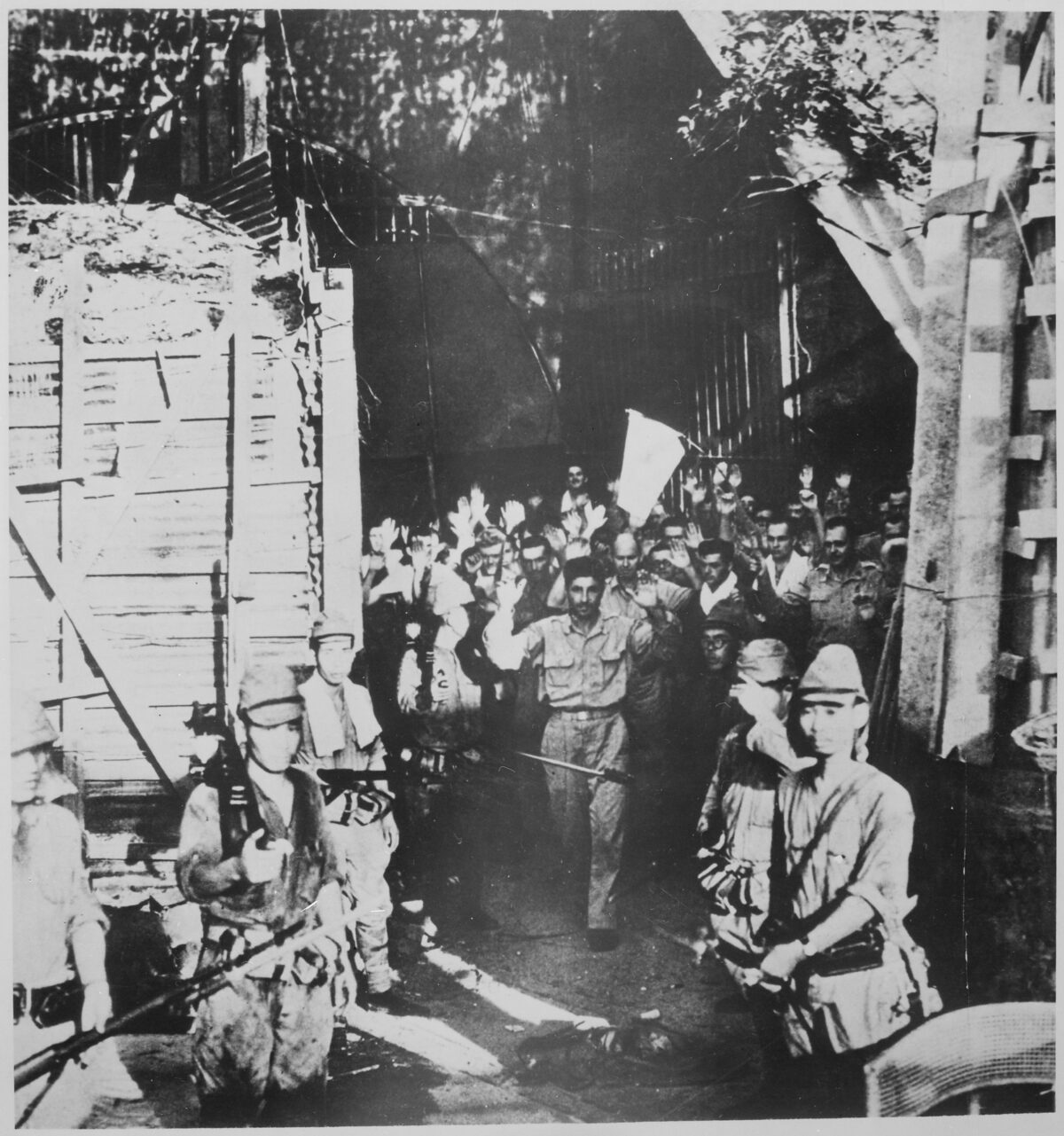May 6, 1942: The surrender of Corregidor Island

Image: National Archives
May 6, 2024, commemorates the 82nd anniversary of Corregidor’s surrender. Lieutenant General Jonathan Wainwright was forced by the Japanese Imperial Army to capitulate not only the American and Filipinos forces on Corregidor but all his forces throughout the Philippines.
Corregidor Island, located at the entrance to Manila Bay, was dubbed the “Gibraltar” of the Pacific. It was also given the nickname the “Rock.” Most of the fortifications on the island were designed for an earlier era.
In 1942, the threat to the island was no longer from enemy surface ships attempting to enter Manila Bay. The new danger to the island was a combination of aerial attacks from fighters and bombers, mobile long-range artillery, amphibious landings of infantry, and then surface ships.
Fort Mills was the name of the defensive structures on Corregidor Island. The Malinta Tunnel was the premier construction project on the island. Malinta Tunnel was the biggest underground US Army tunnel in the Philippines and the United States. Fort Mills was supplemented by three smaller defensive islands, Fort Hudges, Fort Drum and Fort Frank, which were close to Corregidor.
Once the American and Filipino troops on the Bataan Peninsula surrendered to the Japanese on April 9, 1942, Corregidor was pounded frequently by artillery and air. The Japanese were able to position their large artillery on the Bataan heights for accurate targeting. The Japanese also located artillery in Cavite on the other side of the Manila Bay. Corregidor now faced a deadly artillery crossfire for 27 days.
By May 5 and 6, 1942, General Wainwright accepted that a continuation of fighting was futile. The Japanese had attempted several amphibious landings on the island. The US Marines and US Army Philippine Scouts fought valiantly, but the Japanese attacks were relentless.
Unlike the Filipinos and Americans on Bataan, the captured forces on Corregidor were not subjected by the Japanese to another death march. The American and Filipino Prisoners of War (POWs) were sent to Bataan to collect the bodies of the dead Japanese for cremation. They also buried the bodies of the dead Americans and Filipinos.
After the burial detail was completed, the POWs were transported to the Manila waterfront. They had to march approximately five miles to the notorious Bilibid. Prison. Violent criminals were still locked up at the prison. The conditions at Bilibid were horrible. Eventually the POWs were sent by a dreadful train ride to the infamous Cabanatuan POW camp in Nueva Ecija. Many of the men who were captured at Corregidor died during years of captivity.

